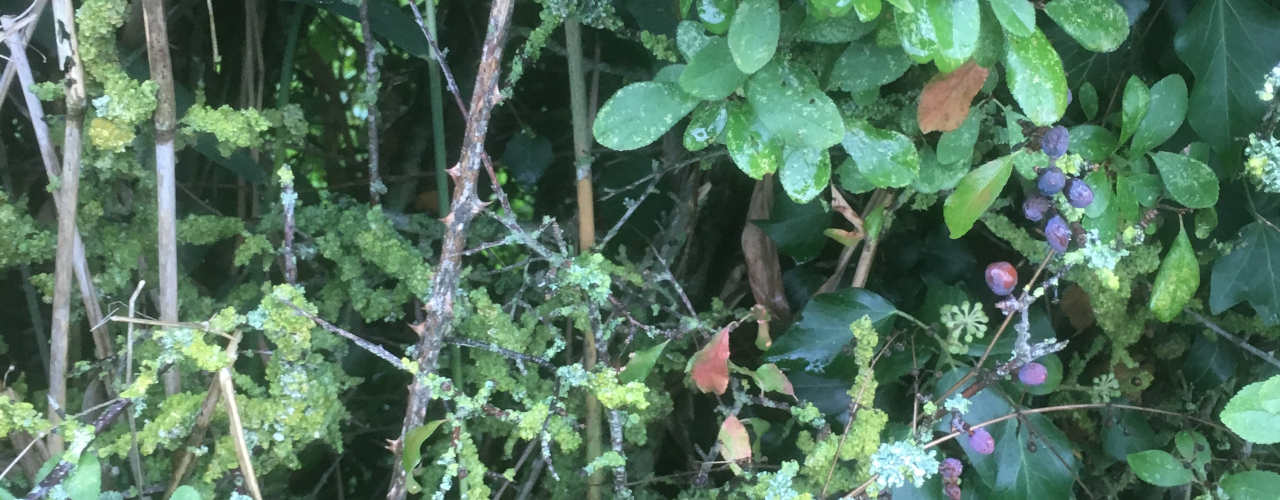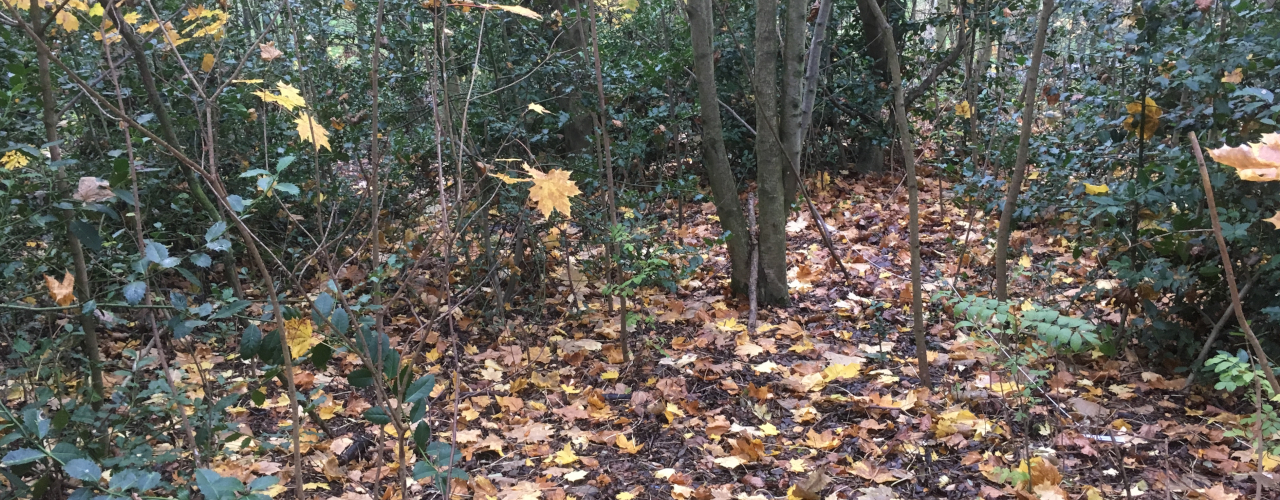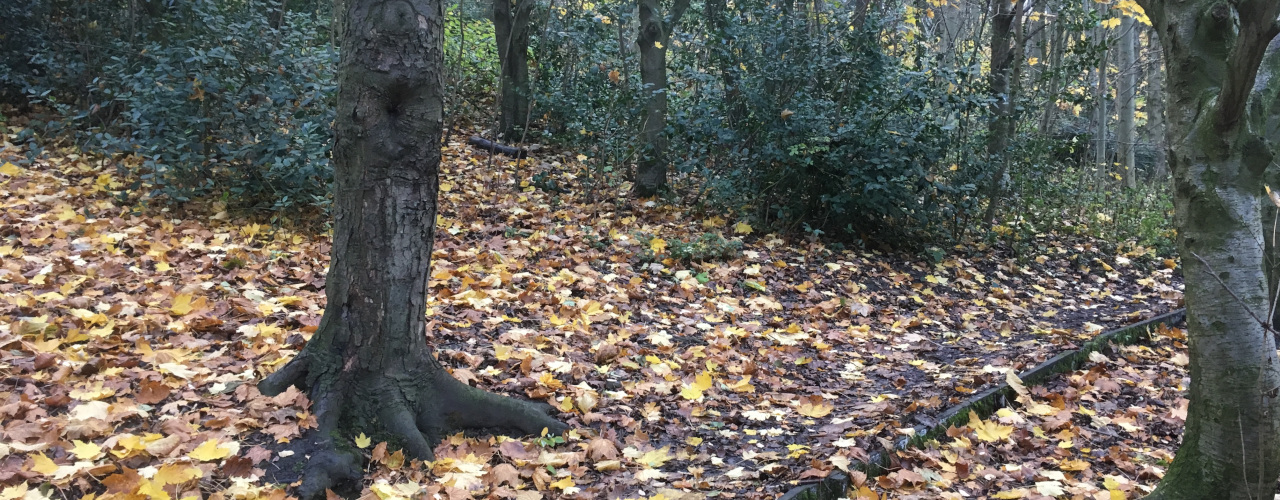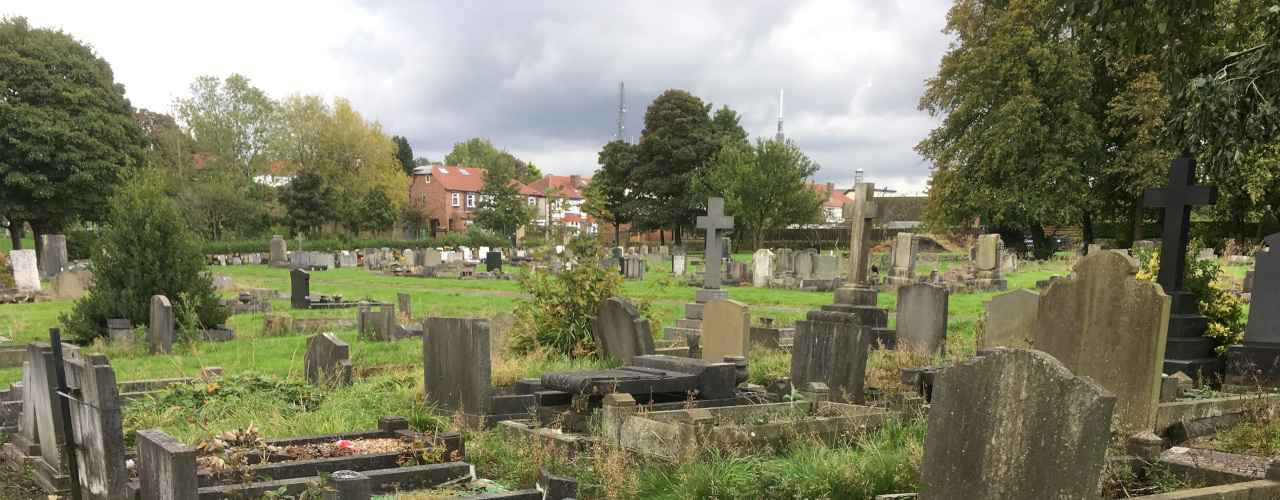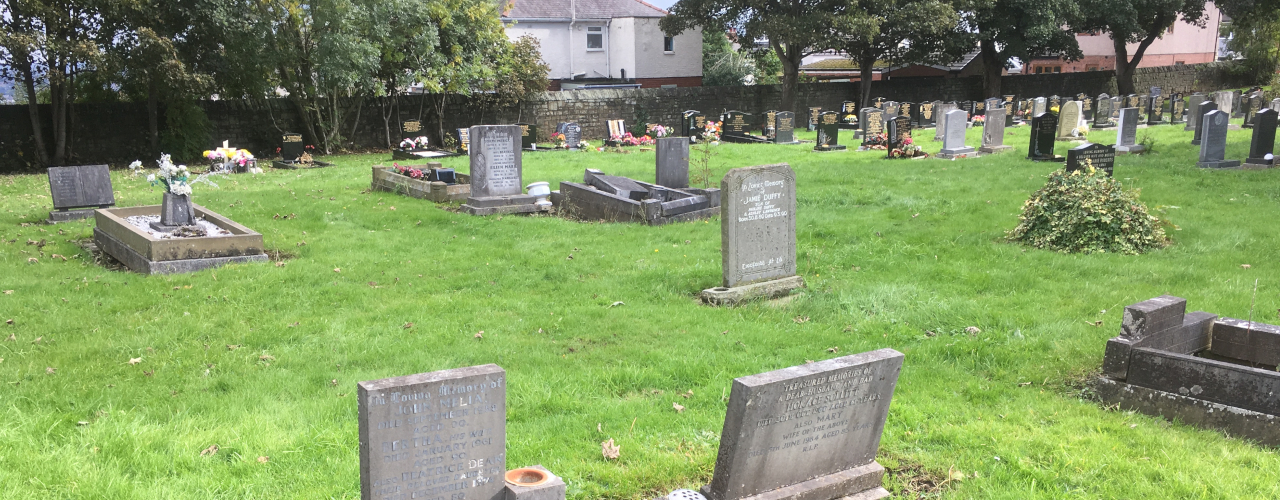Mixed Native Hedges (Part 5) - Species Selection
Most native UK trees and shrubs are suitable for mixed native hedges – but careful consideration should be made to maximise the potential benefits, and minimise any problems that may arise from planting the hedge.
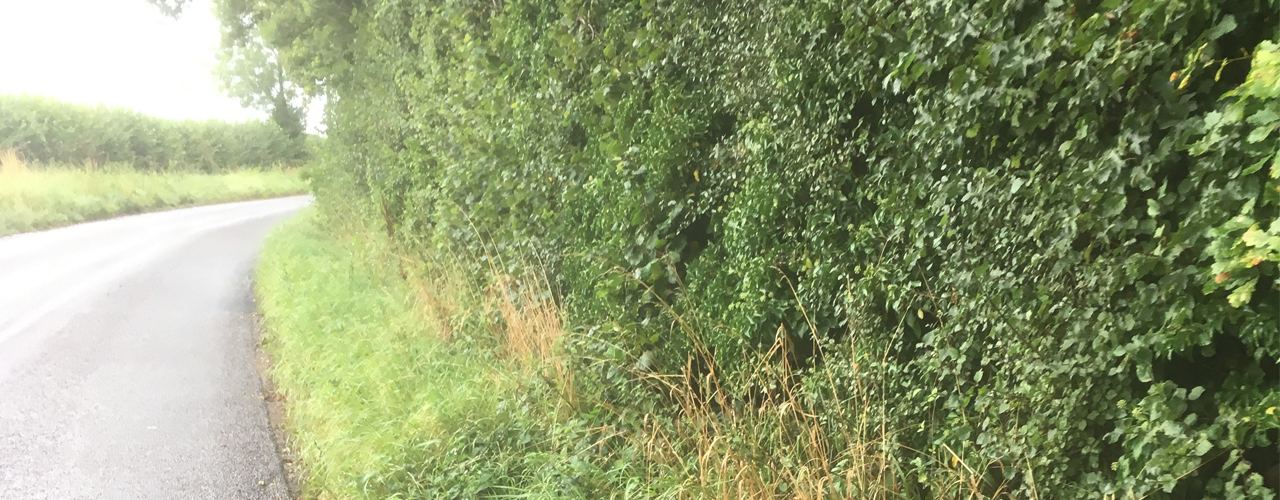
The following species are examples of trees and shrubs commonly found within UK mixed native hedges (not exhaustive):
- Acer campestre (tree)
- Alnus glutinosa (tree)
- Betula pendula/Betula pubescens (tree)
- Carpinus betulus (tree)
- Cornus sanguinea (shrub)
- Corylus avellana (tree/shrub)
- Crataegus monogyna (tree)
- Fagus sylvatica (tree)
- Ilex aquifolium (tree)
- Malus sylvestris (tree)
- Prunus spinosa (tree)
- Quercus robur/Quercus petraea (tree)
- Sambucus nigra (shrub)
- Sorbus aucuparia (tree)
- Viburnum opulus (shrub)
There are several species lists for hedges available online for information on the indicidual species. The English Hedgerow Trust has a good list explaining how each species is beneficial to wildlife.
For viable species for an edible hedge, refer to Part 2 of this series of posts.
In regards to hedges in close proximity to foundations, refer to the NHBC Building Near Trees Guidance which provides guidance on tree species selection based on their ability to cause soil shrinkage (which can cause building subsidence if the foundations are not adequate).
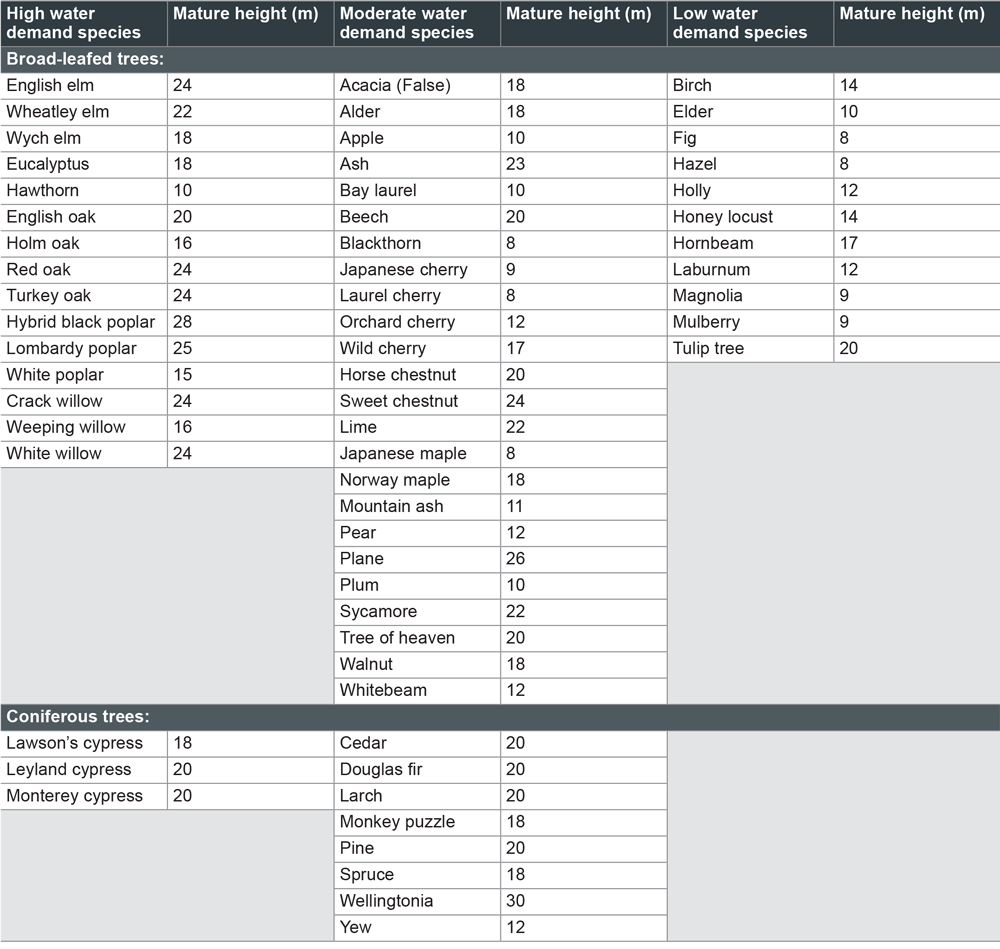
It’s always good to check the local site conditions to give the hedges the best chance of establishing. Refer to the Soilscapes Soil Viewer for local soil conditions. This can be quite important when conditions aren’t optimal for typical hedge species – for example within areas prone to waterlogging, or very clayey soils.
On a particularly wet site, consider adjusting your hedge mix to include more ‘wet tolerant’ species such as Salix or Cornus sp. or consider planting the hedge on mounding similar to a Devon Hedgebank.
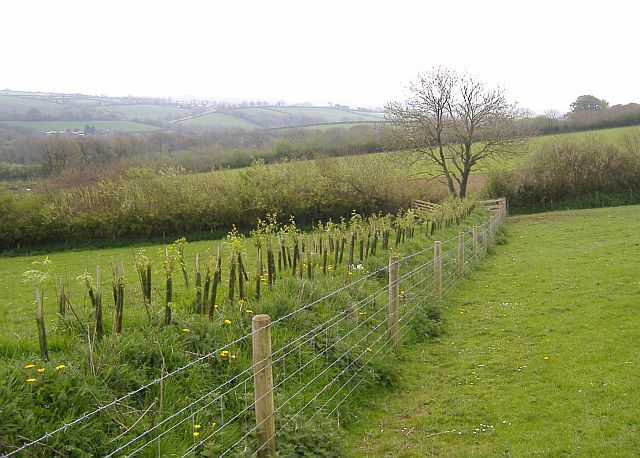
The purpose of the hedge is also fundamental in deciding what species it is made up of – for example, a hedge adjacent to an orchard may benefit from planting a greater proportion of Malus sp. and flowering species to maximise pollination of the fruit trees and consequently improve crop yields.
Species selection can minimise the maintenance required by selecting species with a maximum height that corresponds with the desired height of the hedge. An infrequently maintained mixed native hedge in close proximity to buildings, may be better specified as a more shrub dominated mix, as opposed to including tree species, as trees could cause problems with building foundations if not maintained as a hedge.
Hedge proximity to people, paths and play areas etc is also an important factor to consider. Where people are in close proximity the hedge, make sure to avoid proposing thorny species. On the flip side of this – for areas you want to restrict access, thorny/spiny species such as Prunus spinosa (blackthorn), Crataegus monogyna (hawthorn) and Ilex aquifolium (holly) can be a beneficial addition to the mix.
Problem Species
When it comes to mixed native hedges, one of the main and frequent concerns from Local Planning Authorities (LPAs) is in regards to ‘problem species’ which can cause long term problems with hedgerows.
- Prunus spinosa (blackthorn) – due to how vigorous this plant is, it can dominate many other species within the native hedge, consequently reducing the species diversity
- Sambucus nigra (elder) – also quite vigorous and often encourages large gaps to form within the hedge
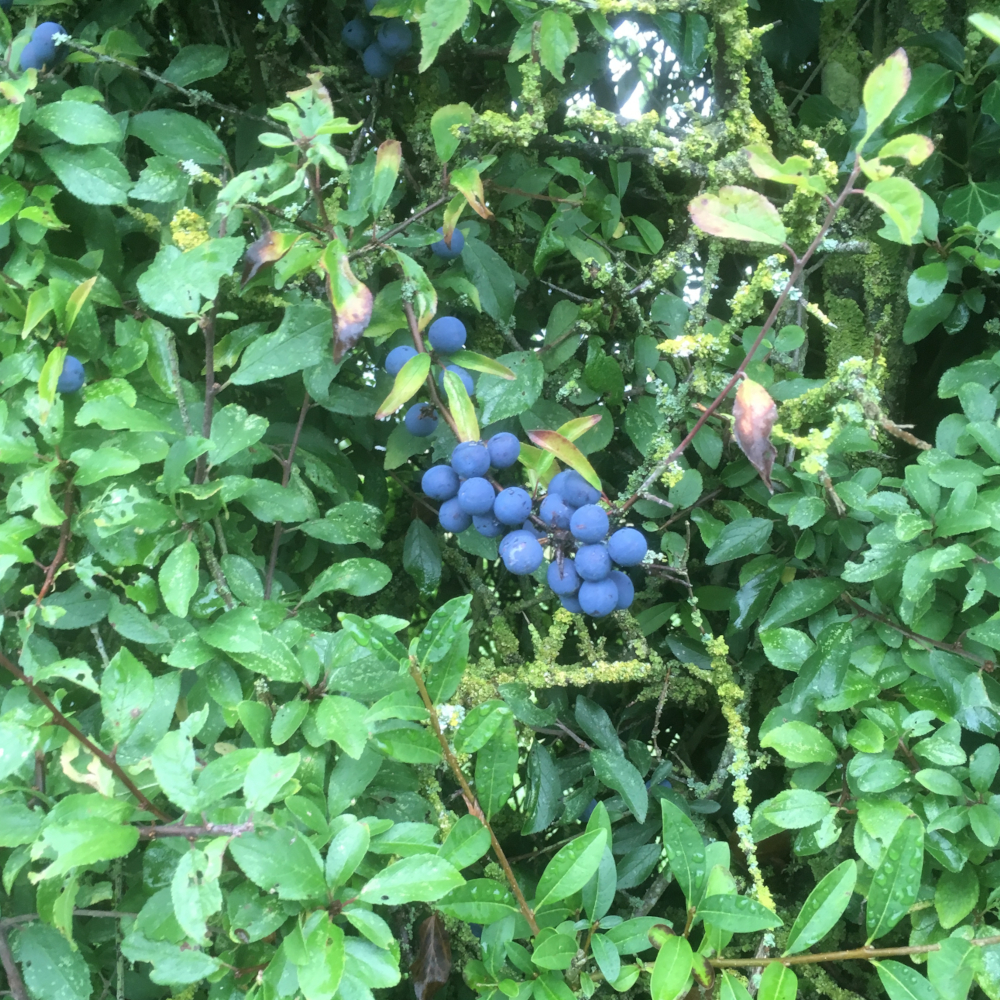

Whilst these species aren’t directly bad for wildlife – in fact they both support a number of species – they still reduce the biodiversity of a hedge, and as such it is recommended that these species are specified as very low proportions of the total hedge mix (less than 5%). Other species to avoid include elm and ash, due to prominent and widespread diseases (Dutch elm disease and ash dieback).
Biodiversity in a mixed native hedge is good, as it provides a greater variety of available food over a larger period of time, to appeal to different wildlife species. It also means that should a species in the hedge be influenced by a prominent disease or pest, not all the hedge would be compromised, and whilst some gaps may form, it would be less detrimental to the hedge as a whole.
It is also worth considering future problem species. The oak processionary moth is established around Greater London (Forest Research, 2019), perhaps it is worth reducing the proportion of oak in our new proposed hedges (as well as open space trees) as a pre-emptive measure?

Whilst most LPAs encourage the planting of species diverse hedges, there are still others that encourage less diverse, species dominant mixes, such as hedges containing 70% Crataegus monogyna (hawthorn) as it’s more “in keeping” with the local character/adjacent landscape.
